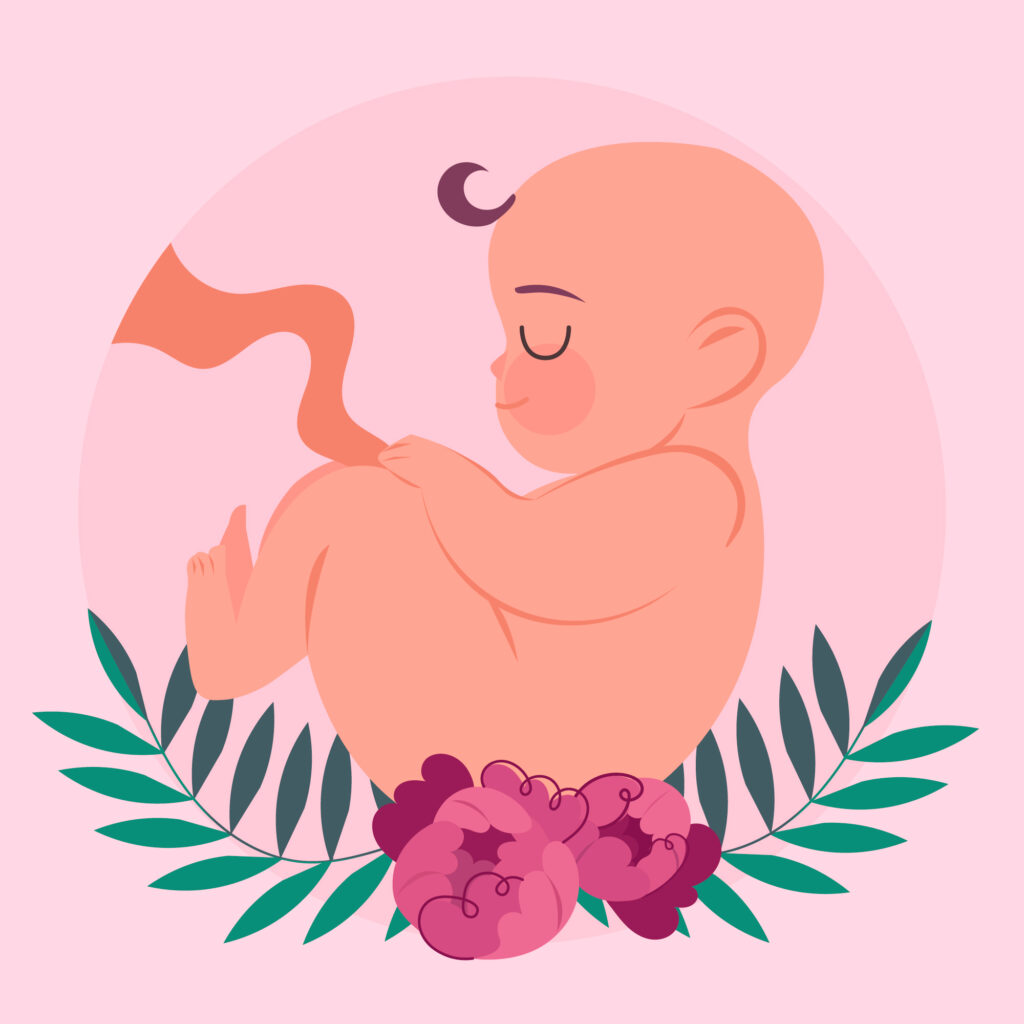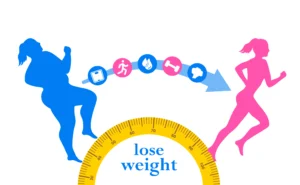Why Do Babies Have Umbilical Cords?

Young girls who aren’t mothers yet have a typical phobia towards. It is because they might have come across many women talking about their labour experiences as it is a favourite topic to women in general. However, many women consider the entire experience as a fabulous memory. If we keep the fears apart, isn’t it an amazing opportunity to give birth to a younger one with tiny organs? The very concept that a single cell took life at the back end of your organs eventually growing in stages from embryonic phase to a fully matured baby making you feel its presence every now and then with a ‘nauseous feel’ or a ‘physical kick’ erupting the motherly instincts in a woman.
The intimidating labour pains do not last long and are just little longer and heavier than a menstrual cramp, however, the feeling of giving birth to an off spring is overwhelming for sure. A woman cannot stop herself from appreciating the nature’s concept in enabling her give life and take this entire creation ahead. There is perfection and a precision in the entire gestation with automated elements with all the mile stones falling in place internally in each of the trimesters. The intricate wiring and the life support system for the fetus makes you irresistible in the course of understanding the magical bonding.
Yes!! There is a life support system for the unborn baby in a womb comprising of a placenta, an amniotic sac and an umbilical cord. While a placenta is attached to the uterus and the fetus through umbilical cord, its function as an intermediary between the mother and the baby’s blood supply. It grasps nutrition and oxygen from the mother’s blood and transfers to the fetal blood through small blood vessels and expels waste products from the fetal blood to the maternal blood amicably without mixing both of them.
Although placenta plays a crucial role in the life of a fetus, an umbilical cord is considered as the life line that attaches the placenta to the fetus and comprises of three main blood vessels. Two smaller arteries out of these three vessels carry blood to the placenta and the third one is a larger vein which performs the task of returning the blood to the fetus. This magical cord can be as long as 60 cm to enable the baby swim and move around without causing a hindrance to the placenta. The cord is cut after the delivery and the months of attachment with the mother gets into a different spectrum with this. After the cord is separated, the remaining part will heal and transform into the baby’s belly button eventually reminding the individual about the motherly element.
The precision with which nature has made up the entire process of child birth is phenomenal and it is sure to insinuate that nature is far beyond human’s imagination. The amniotic sac is meant for the fetus’ protection against outside pressures, bumps and external knocks and it accommodates the fetus with ample space to spin around while aiding in building muscle tone. The warm fluid keeps the baby cozy and creates a stimulus in the termination process when it is out of the sac. Surprisingly, most part of the amniotic fluid is made up of fetal urine along with some vital nutrients such as sodium, potassium, and other electrolytes.
As this article took you into a miraculous world of child birth, the emphasis of umbilical cord and the entire life support system for the fetus is awe inspiring to the core and most of you should agree by now that the child birth phobia can be replaced by intricate built of the umbilical cord, placenta and amniotic sac as part of the swap between the two crucial entities the mother and the fetus.







